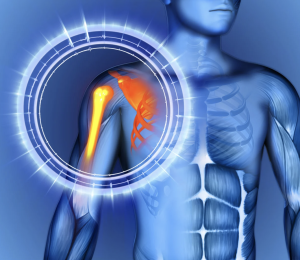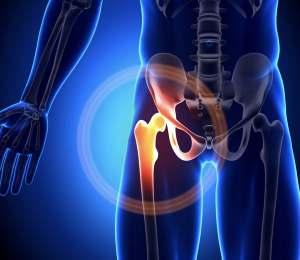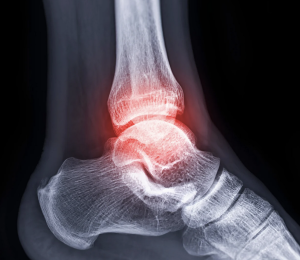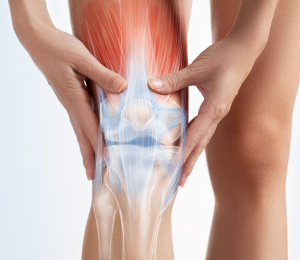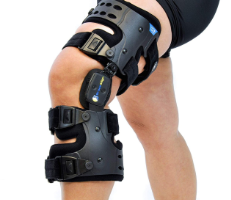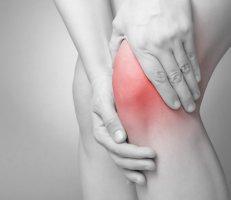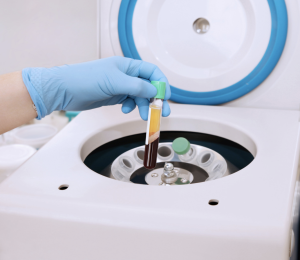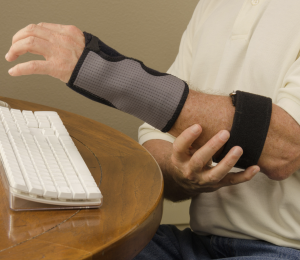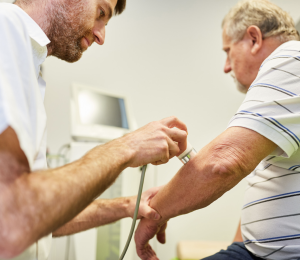Why might I need a knee replacement?
Knee replacement is an effective solution for severe degeneration of the knee joint caused by conditions like arthritis. Osteoarthritis, or wear and tear arthritis, is the primary cause of joint degeneration.
Wear and tear arthritis typically affects older people, who become increasingly restricted in their movements and suffer constant pain as the joints degenerate. At first, the cartilage protecting the ends of the bones thins and breaks down; then, in time, the cartilage degrades so badly that the bones start rubbing against each other, causing pain and inflammation to the diminished arthritic knee.
There’s no cure for arthritis, but Commonwealth Orthopaedic Associates provides a range of treatments that can relieve pain and increase mobility. In time, you may find these treatments are no longer so effective, leaving partial or total knee replacement as perhaps the best option.
No two patients are alike when it comes to the balance of the ligaments of your knee. The MAKO Robotic knee system allows Dr. Stelmach to uniquely balance your knee implants in real time during the surgery.
How is knee replacement surgery performed?
Commonwealth Orthopaedic Associates offers the MAKO Robotic-assisted approaches for knee replacement surgery.
MAKO Robotic-Assisted Knee Replacement
The orthopaedic surgeon, Dr Stelmach, at Commonwealth Orthopaedic Associates use state-of-theart Mako robotic-arm-assisted technology to carry out total knee replacement surgery. The Mako procedure doesn’t replace the skill of the surgeon; rather, it enhances it to optimize the procedure, reduce your recovery time, and produce the best possible outcomes.
Prior to your procedure, you have a CT (computed tomography) scan to generate a virtual 3D model of your body. Your Commonwealth Orthopaedic Associates provider loads the image into the Mako system and uses it to create a pre-operative plan tailored to your unique anatomy.
When the surgery begins, your surgeon uses the Mako system to customizes the fit of the implants to your particular anatomy, using the robotic arm to place the knee implant with the utmost precision.
Robot-assisted surgery allows your orthopaedic surgeon to replace your knee with unrivaled accuracy and minimal tissue damage.
What happens during a knee replacement procedure?
Total knee replacements take about 35 minutes on average and is performed at (SIR) The Surgical Institute of Reading.
Before the surgery begins, you are given sedation and then a spinal anesthesia administered. Most patients have no recollection of the spinal anesthesia being given, or the surgical procedure.
Surgery is performed through an incision on the front of the knee. Using the MAKO software and Robotic arm, the implants are positioned and placed to match your knee’s own unique balance. The implants are all custom fit to your body’s soft tissue.
What is recovery like after knee replacement surgery?
Patients generally stay one night at the facility (SIR) and are discharged the next day.
Soon after your knee replacement surgery, you’ll begin physical therapy. In physical therapy you’ll use stretches, strengthening exercises, and gait training to help your knee heal.
Patients typically wake up quickly in the recovery room and the numbness in your legs as a result of the spinal anesthesia diminishes over several hours.
It can take up to a year to fully recover from knee replacement surgery.
To learn more about your options for knee replacement surgery at Commonwealth Orthopaedic Associates, call the office for an appointment today. (610) 779-2663







